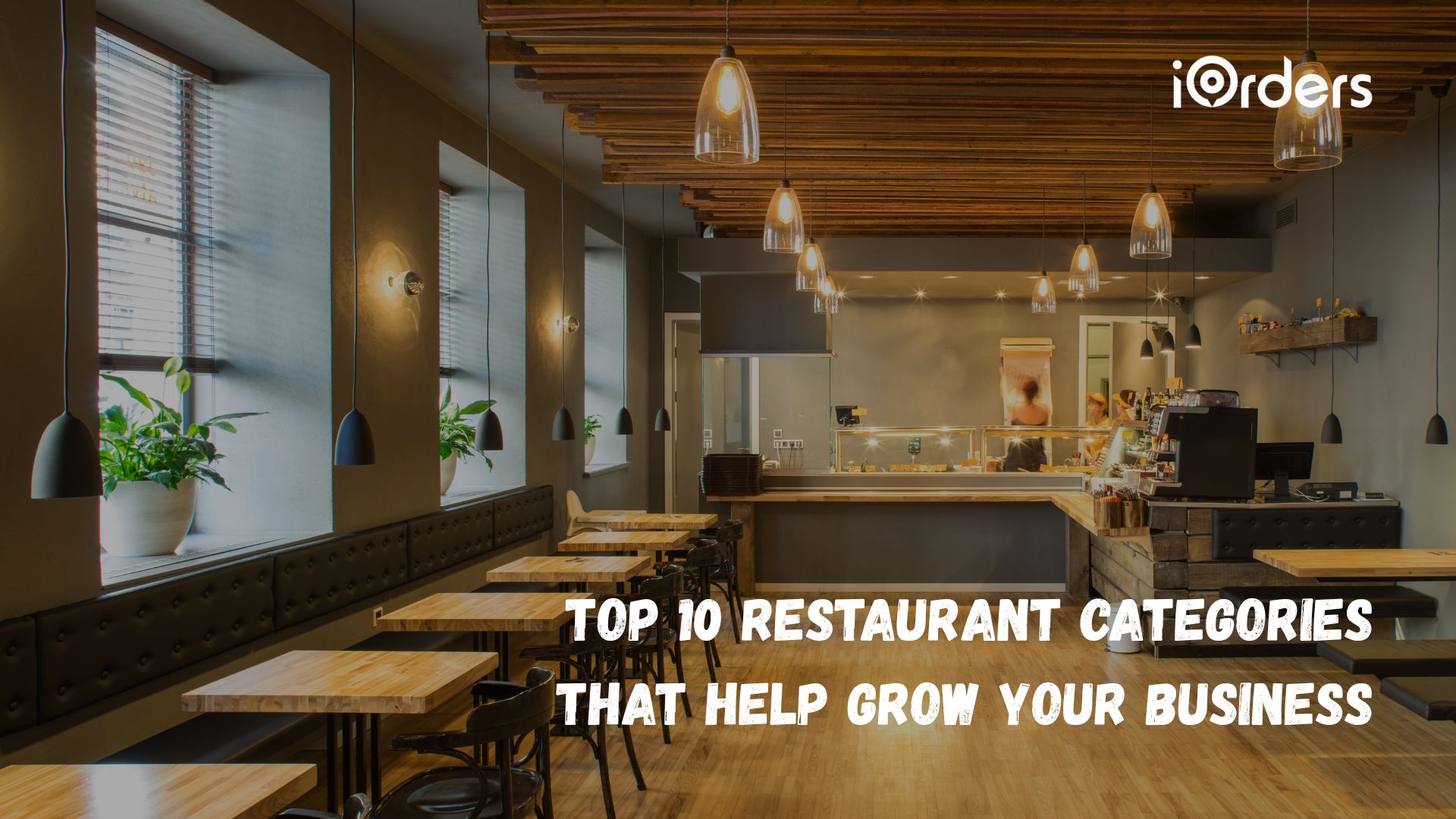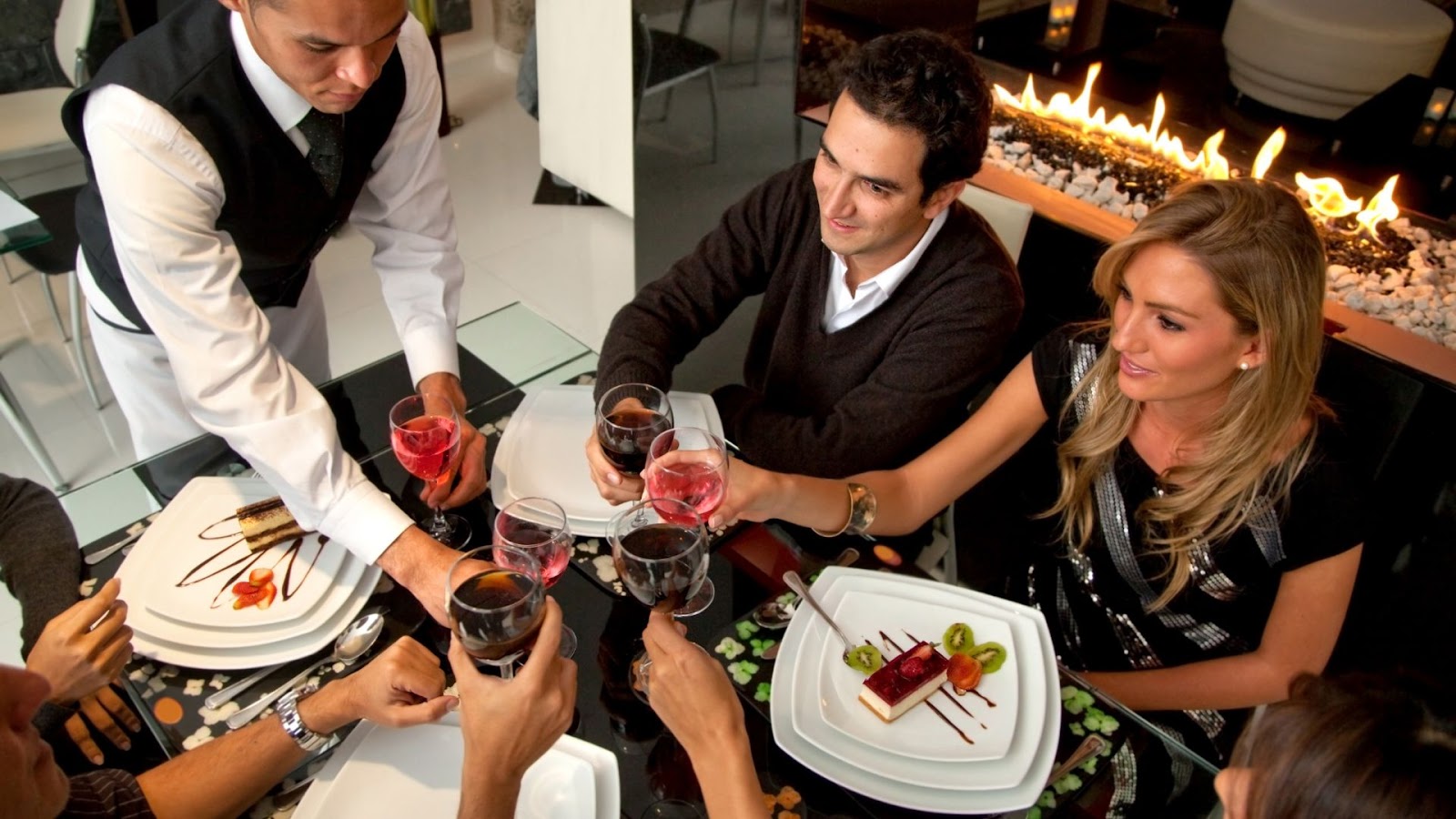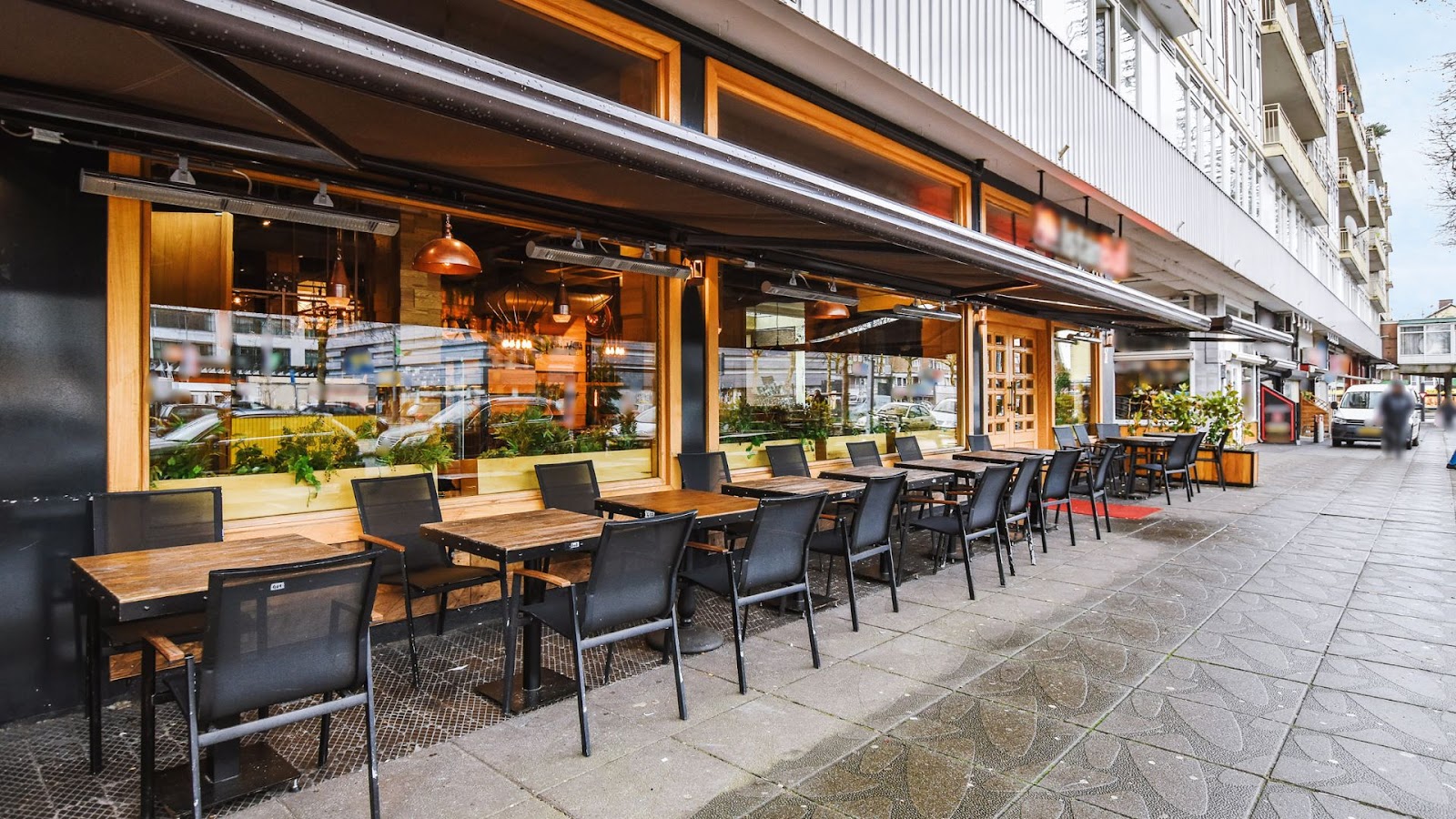July 30, 2025

Every restaurant operates on its unique rhythm, shaped by the type of food it serves, its operational style, and the clientele it caters to. From a single-location café to a quick-service chain or a delivery-only brand, the structure you choose plays a massive role in how smoothly your business functions.
Understanding restaurant categories isn’t just a textbook exercise. It helps you make smarter choices about your kitchen setup, staffing, customer service, and most importantly, your tech stack. From how orders come in to how efficiently you fulfill them, every category has its flow.
This guide walks you through the most common restaurant categories, breaks down how each one functions to fit your needs, whether you’re running lean or scaling fast.

The category you fall into shapes your everyday operations, customer experience, and profit margins.
For example, a fast-casual restaurant requires a distinct kitchen layout, staffing plan, and order management setup compared to a fine-dining establishment. A cloud kitchen doesn’t worry about front-of-house service but depends heavily on reliable delivery integrations.
Defining your category clearly enables you to streamline critical aspects of your operation:
Think of your category as your business blueprint. Get that part right, and everything else becomes easier to build.
Also Read: Top 10 Most Profitable Food Business Ideas 2025
Now that you understand why restaurant categories matter, let’s break down the most common types.

If you’re thinking about launching a restaurant, choosing the right format is one of your biggest early decisions. From fast-casual joints to upscale fine dining, each type comes with its pros, cost structures, and customer expectations.
Let’s break down the most common categories you’ll see in 2025.
These are the fast-food giants and local grab-and-go spots that prioritize quick preparation, minimal table service, and high customer turnover.
Key traits:
QSRs thrive on operational efficiency. From self-ordering kiosks to integrated delivery dashboards, every second counts. Platforms like iOrders can help QSRs centralize online orders, cut down on manual tasks, and keep queues moving without chaos.
Also Read: How to Start a Self-Service Restaurant in 2025?
Casual dining restaurants are known for their welcoming ambiance, table service, and broad appeal. They often serve a wide range of cuisines at moderately priced menus, making them a popular choice for families, groups of friends, or anyone seeking a relaxed meal out.
These establishments typically offer:
This category gives restaurant owners flexibility in terms of menu experimentation, seasonal specials, and customer engagement, while maintaining approachable pricing. It’s also a great fit for those aiming to build a loyal community of repeat diners.
Fast food establishments are built around speed, consistency, and convenience. These restaurants are often part of large chains and operate with standardized menus and processes to ensure efficiency.
The following are the key characteristics of fast food restaurants:
Fast food models thrive on volume and brand recognition. While margins can be tight, smart integrations, like automated ordering or white-label delivery services, can help operators maximize efficiency.
Cafés and bakeries excel in ambiance, accessibility, and impulse appeal. Whether it’s a quick coffee run or a relaxed afternoon with pastries, this category draws consistent foot traffic throughout the day.
Here’s what sets them apart:
These formats benefit significantly from loyalty programs and direct ordering channels, especially since many customers are repeat visitors. Creating a warm, familiar brand identity can turn a local café into a neighborhood favorite.
Food trucks and cloud kitchens represent the most agile restaurant categories today. They operate without traditional dine-in spaces and rely on efficient backend systems, strategic location planning, and strong online visibility.
By prioritizing efficiency and digital presence, food trucks and cloud kitchens are redefining modern dining with their flexible, customer-centric approaches.
Family-style restaurants create a warm, welcoming environment where meals are shared, portions are generous, and service is focused on togetherness. They're built for bonding over comfort food, celebrations, and traditions.
Consistency, convenience, and affordability often drive loyalty here—qualities that smart technology can quietly support without getting in the way of that classic family-dining feel.
Also Read: Top Strategies to Get More Repeat Customers for Restaurants
Fine dining establishments are all about delivering a high-end experience. From meticulous plating to exceptional service, every detail matters. These restaurants often cater to special occasions and high-spending clientele who value both ambiance and culinary artistry.
In this segment, consistency and reputation are non-negotiable. Tech tools like iOrders, which provide AI-powered review management and data-driven loyalty programs, can help protect and enhance the brand without disrupting the guest experience.
Buffet restaurants focus on offering a wide variety of dishes at a fixed price, letting guests serve themselves. This format works well in high-traffic environments, such as hotels, corporate hubs, tourist destinations, and wedding venues. It appeals to families, groups, and anyone looking for a fulfilling dining experience without breaking the bank.
Here’s why buffet restaurants work:
By offering diverse selections at a fixed price and streamlining operations, buffets continue to be a go-to for satisfying large groups and maximizing turnover.
Expanding beyond a single address brings new challenges and opportunities. Chains and franchises must deliver the same quality and experience at every site while adapting to local tastes and operational nuances.
Key considerations:
Balancing the efficiencies of scale with the need for local connection is the hallmark of successful chain operations. With clear frameworks for quality control, logistics, and data-driven decision‑making, you can grow confidently and keep each location performing at its best.
Hybrid restaurants combine dine-in, takeaway, delivery, and even cloud kitchen formats under one brand umbrella. This setup enables brands to cater to a diverse range of customers, from those who prefer to dine in, opt for a quick pickup, or order from home.
Why it works:
Before you decide where your restaurant fits or how it might evolve, understand that your success depends just as much on how you operate as on what category you fall into. That’s where having the right tools can make all the difference.

For any restaurant, be it a single-location café or a fast-growing franchise, managing operations across dine-in, delivery, and digital channels can be overwhelming without the right tools. That’s where iOrders comes in, built specifically for modern restaurant operators who want flexibility, control, and scale.
With iOrders, restaurants get access to the following features:
Ultimately, iOrders empowers you to simplify operations and confidently manage any restaurant category.
Choosing the right restaurant category is more than just a branding decision; it shapes your pricing, marketing, operations, and long-term growth. As the industry evolves, so do the expectations of customers, staff, and tech partners. Whether you're building a hyperlocal QSR, a destination dine-in experience, or a hybrid cloud-first model, knowing your niche and backing it with the right tools will put you on the path to profitability.
Looking to future-proof your restaurant operations? Book a free demo with iOrders today and see how the platform helps you streamline orders, boost profitability, and retain customers.
Start with a format that matches your budget and target audience. QSRs, cloud kitchens, and cafés are generally more affordable and easier to manage.
Absolutely. Many brands evolve by adding delivery, launching cloud brands, or shifting from food truck to full-service. The key is choosing tools that scale with you.
Yes, especially in urban markets with strong delivery demand. But branding, food quality, and location still matter. Use data and digital marketing to stay visible.
Focus on consistency, great service, and strong local branding. Tech can also give you an edge; think smart loyalty programs, seamless ordering, and proactive review management.
A big one. From order tracking to customer retention and delivery logistics, platforms like iOrders help simplify complexity and drive margins.